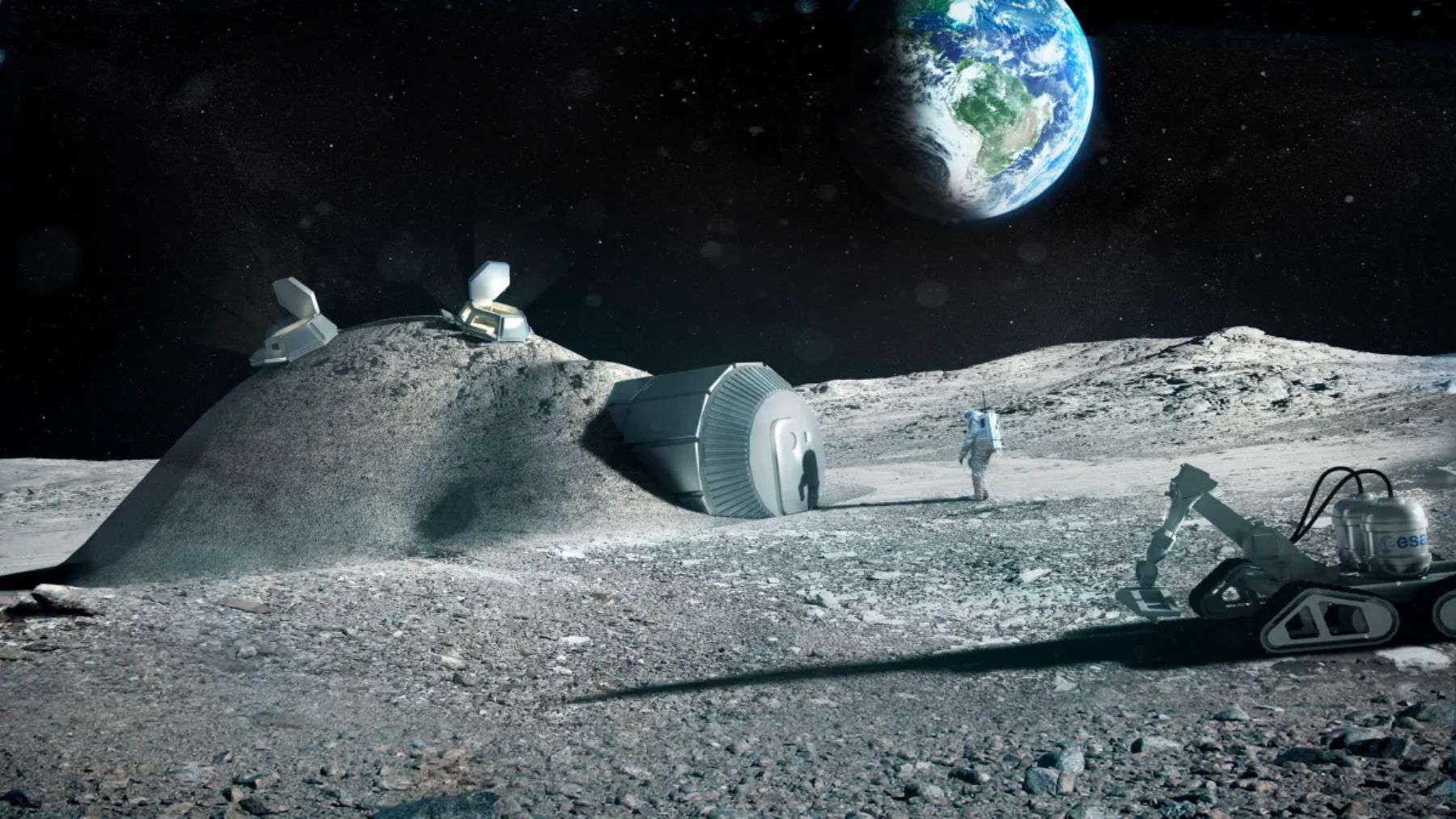The United States, through NASA administrator Sean Duffy, announced at the International Astronautical Congress (IAC 2025) in Sydney that within 10 years it plans to establish a permanent human presence on the Moon. Not just an outpost, but a ‘’lunar village’’ powered by nuclear energy.
This ambitious statement underscores the determination of the United States to lead global space exploration and expand humanity’s reach beyond Earth. So, let’s learn more about it.
The United States’ goal in 10 years time
Duffy was clear when he was naked about how he imagines the future of the agency in the next decade:
A village on the Moon: the vision is to create a stable human settlement with systems capable of holding life and permanent activities.
Nuclear energy on the Moon: NASA has already reached out to private companies to design and build a lunar nuclear reactor.
Toward Mars: apart from the Moon, Duffy stated that, in 10 years time, NASA will have made advances to be closer to be the first ones in sending humans to Mars.
With these statements, the United States reinforces its leadership role on space exploration with ambitious and clear goals.
NASA’s sustainability point of view
The main topic of the IAC 2025 was ‘’Sustainable space, resilient Earth’’. For Duffy, sustainability means how to sustain human life in space. He reminded that NASA is the only agency in the United States with a mandate for exploration, while other federal entities are in charge of Earth stability.
His message was direct: as the United States seeks to solve challenges on the planet through different agencies, NASA must focus on sending humans beyond Earth.
Other space powers and their priorities
The session brought together leaders of 6 space agencies: United States, China, Japan, India, Europe, and Canada. The most noticeable absence was Russia, which didn’t take part in the event. The different visions were opposite to Duffy’s, so let’s see what these countries had to say:
Europe (ESA): Josef Ashbacher highlighted that ESA shares terrestrial observation data to help the planet’s wellbeing.
India (ISRO): its priority is to guarantee water and food for the population.
Canada (CSA): its president Lisa Campbell announced funds to investigate the biodiversity from space.
Japan (JAXA): Hiroshi Yamakawa pointed out the LUPEX mission in collaboration with India, and its third satellite to monitor greenhouse gases.
China (CNSA): Zhigang Bian informed that China has 500 terrestrial observation satellites, takes part in the BRICS satellite constellation, and is developing systems for space debris removal, orbital traffic management, and collision alerts.
Challenge of space debris
One of the common points was the concern about space debris:
China investigates debris removal technologies.
Japan supports private initiatives like Astroscale, which plans on capturing and deorbiting satellites in about 3 years. Yet, the country warned that the problem is so big that there won’t be enough time to completely solve it.
So, the shared conclusion was that international cooperation will be crucial to face this challenge that affects every space user.
To sum up
The debate reflects two complementary visions: the United States looks at the stars to establish a permanent presence, while the rest of the world wants to use space technology to guarantee a safer and more sustainable planet.
So, the next decade will be paramount to check if NASA’s ambition becomes a reality and if the United States will achieve the first lunar village in humankind history. Isn’t it crazy the many plans there are for Mars and space missions? We’ll see how everything goes, but do you think the United States will be able to do it?

